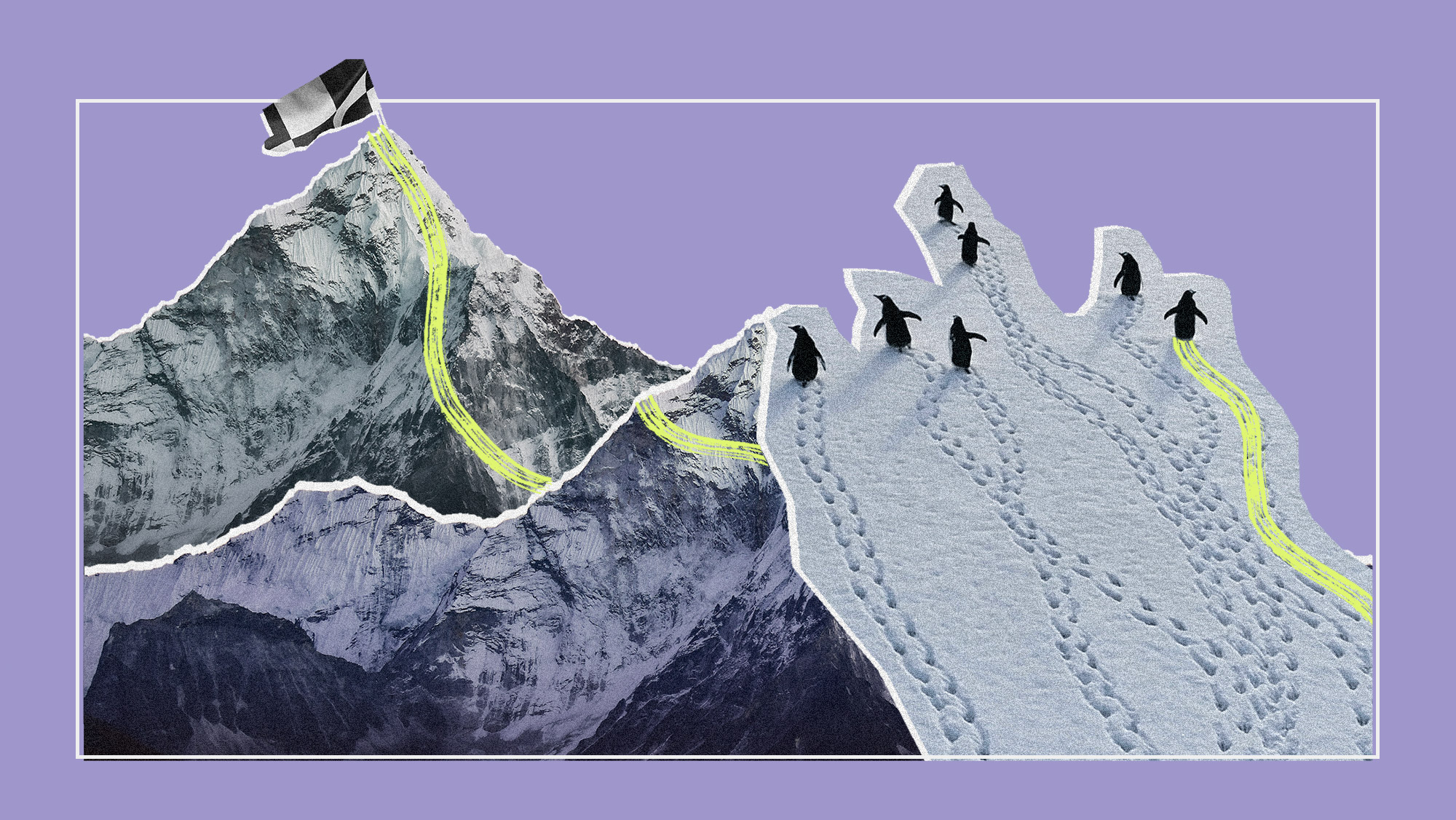
AI and the Retail Marketer’s Future
How AI transforms strategy and processes, driving the adoption of Positionless Marketing
Exclusive Forrester Report on AI in Marketing

Key takeaways:
Read the complete article on Mastering Snowflake Cost Optimization at Scale.
If you're operating a multi-tenant SaaS business and feel your Snowflake bill is growing faster than your insights, this story is for you.
At Optimove, we’ve always believed in empowering teams to act fast, smart, and independently. That’s the essence of Positionless Marketing, and it doesn’t just apply to marketing. It’s how we operate as a company. So, when our Snowflake spend began outpacing the value we were extracting, we treated it like any other bottleneck. We cut the line.
This is the story of how we applied Positionless thinking to Snowflake cost optimization and saved thousands in the process.
Multi-tenant SaaS platforms present a unique challenge. One size does not fit all. Each customer behaves differently, consumes data differently, and scales differently. But Snowflake doesn’t automatically know that. If you’re not watching closely, you’ll end up paying premium compute prices for inefficient processes.
Our first step was to get radically visible. We dove deep into Snowflake’s system views to optimize Snowflake costs - from QUERY_HISTORY to WAREHOUSE_METERING_HISTORY - and started mapping out where the waste was hiding. Below are our 4 steps we used to Snowflake spend and the results we saw.
Just because you can spin up endless warehouses doesn’t mean you should.
We consolidated low-efficiency processes into fewer, high-performing multi-cluster warehouses by identifying underutilized warehouses with less than 30 percent median usage. The result was a 50 percent drop in compute credits for those workloads, with no drop in performance.
Previously, we used a shared warehouse-per-process approach. But not all tenants are equal. Some needed more compute, and others used far less.
We built a warehouse-per-tenant strategy based on a simple yet powerful indicator: the number of users multiplied by the number of attributes. This "tenant score" helped us assign each customer the right warehouse tier, whether XS, M, or XXL.
After we applied that approach to one process, usage dropped dramatically, from 244 credits per day to just 35, while reliability improved.
We noticed recurring bursts in resource demand caused by simultaneous tenant updates using Change Data Capture (CDC). These spikes forced Snowflake to scale from 0 to 19 clusters almost instantly, only to sit idle afterward and rack up charges.
Our fix was simple and effective. We staggered the schedule. Instead of all jobs running at the same time, we introduced random execution offsets. The result was a smoother curve, reduced resource waste, and monthly savings of around 10 to 12 thousand dollars.
If you can’t see it, you can’t fix it.
We integrated Snowflake with Datadog, built dashboards and alerts for everything from cluster saturation to query queue times. But we didn’t stop at monitoring. We added config-level overrides, anomaly detection, and warehouse drift alerts to our workflows.
The goal was not just to know what was wrong. It was to make it easy for any team to act without waiting on a specialist.
This initiative wasn't owned by one team. Everyone powered it: SREs, DBAs, Data Engineers, and Developers powered it. In the same way, Positionless Marketing empowers any marketer to launch, optimize, and personalize without dependencies. Our internal culture enables engineers to move from insight to action immediately.
This wasn’t a lift-and-shift project. It was a mindset shift.
We’re still in the thick of it and will continue to share more tools, dashboards, and learnings as we go. But one thing is clear. Snowflake spend shouldn’t be a mystery. And fixing it shouldn’t require a war room.
If your Snowflake bill is ballooning and you’re stuck waiting on someone else to take action, maybe it’s time to go positionless, and consider our Snowflake cost optimization.
Welcome to the age of Positionless Marketing and Positionless Engineering.
For more insights on how the Positionless era can transform your engineering, data ops, and beyond, contact us to request a demo.
Exclusive Forrester Report on AI in Marketing
In this proprietary Forrester report, learn how global marketers use AI and Positionless Marketing to streamline workflows and increase relevance.


Dor Harchol is a Site Reliability Engineer at Optimove, a software company that is the leader in Positionless Marketing. Dor specializes in building resilient infrastructure, automating operations, and ensuring high system reliability across cloud environments. With a strong background in production monitoring, DevOps tooling, and data-driven operational improvements, he plays a key role in optimizing the performance of mission-critical systems.
Dor is passionate about identifying opportunities to reduce cloud and infrastructure costs without compromising scalability or performance. He holds a B.Sc. in Industrial Engineering & Management from Shenkar College.


